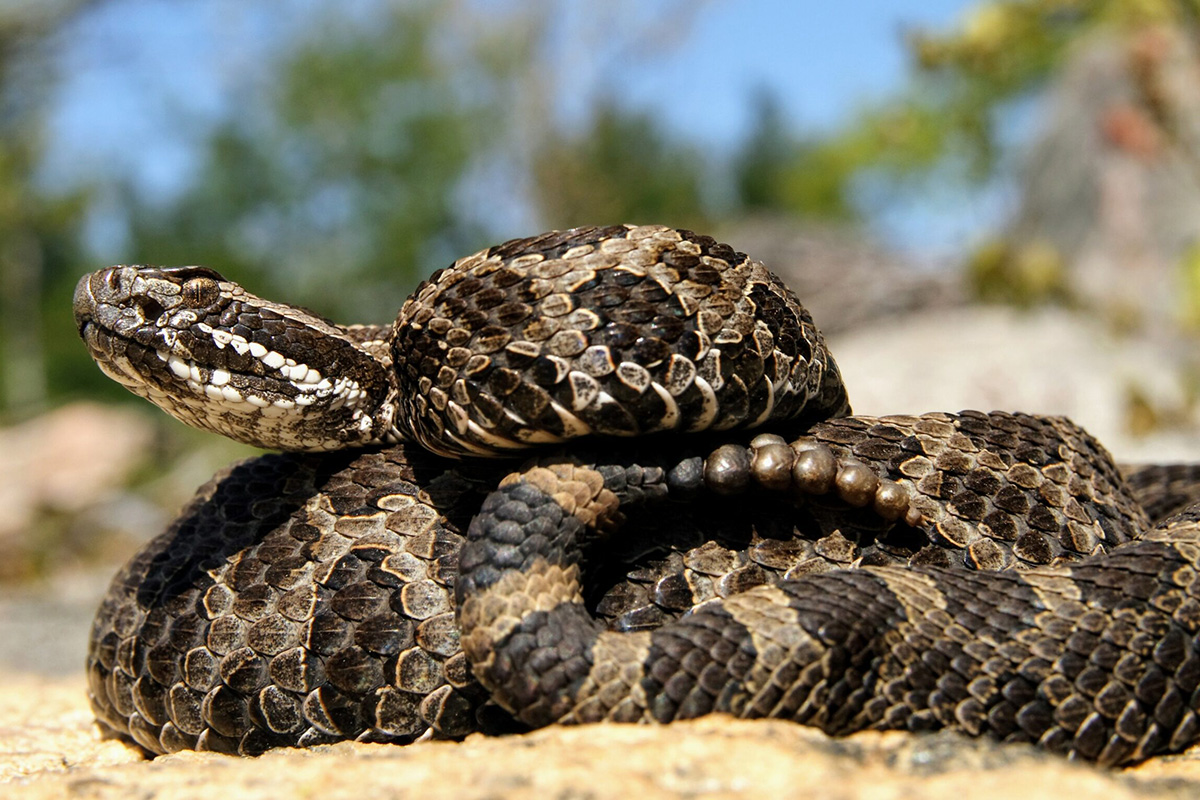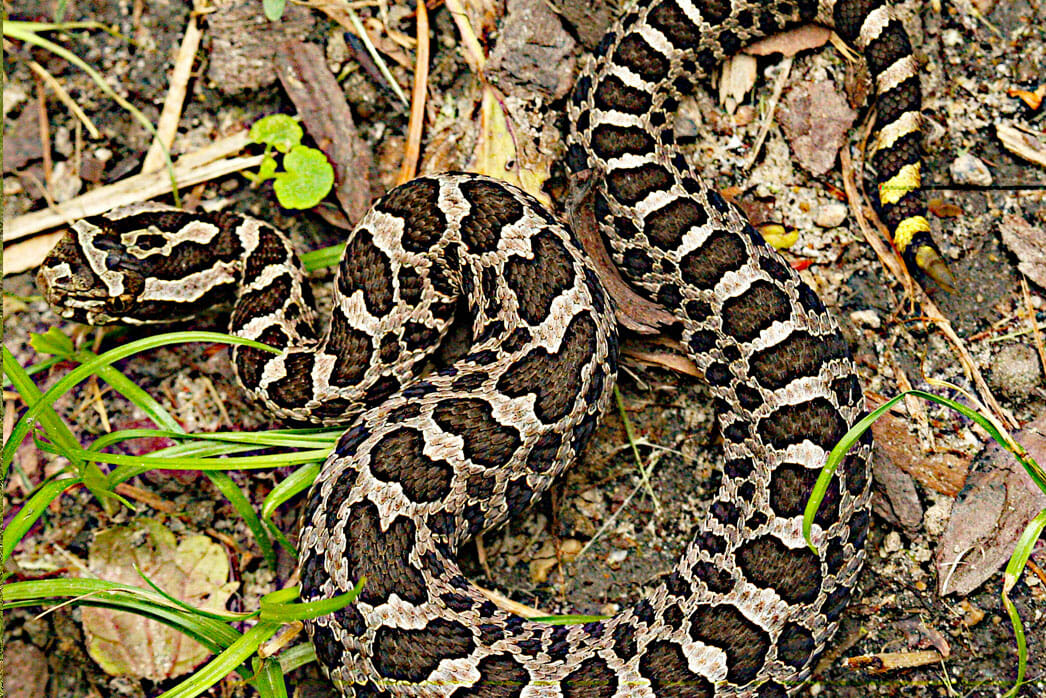Pennsylvania is home to a variety of snake species, including two venomous rattlesnakes: the timber rattlesnake and the eastern massasauga rattlesnake. These snakes are an important part of the state’s ecosystem, but it’s important to know how to identify them and what to do if you encounter one.
In this article, we’ll take a closer look at the two types of rattlesnakes found in Pennsylvania, including their physical characteristics, habitats, and behaviors. By the end of this article, you’ll have a better understanding of these fascinating and often misunderstood creatures.
You are reading: Discover 2 Types Of Rattlesnakes In Pennsylvania

2 Types Of Rattlesnakes In Pennsylvania
Timber Rattlesnakes

Read more : 10 Types Of Saltwater Fish And What Make The Best Pets
Timber rattlesnakes are one of the two venomous rattlesnake species found in Pennsylvania. Here are some key facts about timber rattlesnakes:
– Timber rattlesnakes are stout-bodied, large snakes that can reach lengths of up to 5 feet.
– They are known for their distinctive brown or gray coloration, with dark, V-shaped crossbands along their backs.
– Timber rattlesnakes are found in the eastern and central parts of Pennsylvania, and prefer rocky, forested areas.
– They are an important part of Pennsylvania’s ecosystem, but are also a protected species due to their declining populations.
– If you encounter a timber rattlesnake, it’s important to give it plenty of space and leave it alone. If you are bitten, seek medical attention immediately.
To learn more about timber rattlesnake habitat management or conservation efforts, you can contact the Pennsylvania Department of Conservation and Natural Resources or the Pennsylvania Fish and Boat Commission.
Eastern Massasauga Rattlesnakes

The eastern massasauga rattlesnake is the second venomous rattlesnake species found in Pennsylvania. Here are some key facts about eastern massasauga rattlesnakes:
Physical Characteristics
– They are small- to medium-sized snakes, with adults typically measuring between 2 and 3 feet in length.
– They are light gray with a color pattern that includes a series of large, dark brown and black, middorsal blotches and two to three rows of lateral blotches.
– They have a yellow-tipped tail with a “button” rather than a fully-developed functioning rattle.
Habitat
– Eastern massasauga rattlesnakes are primarily associated with wetland habitats, but some populations also utilize adjacent upland habitats for parts of their life history.
– They are found in the northwestern part of Pennsylvania.
Behavior
– Although they are venomous, eastern massasauga rattlesnakes are timid snakes and will rarely strike unless handled.
– They spend most of their time hiding in vegetation, rocks, leaves, and shadows, and can remain undetected with the help of their cryptic patterns and coloration.
It’s important to note that eastern massasauga rattlesnakes are a protected species due to their declining populations. If you encounter an eastern massasauga rattlesnake, it’s important to give it plenty of space and leave it alone. If you are bitten, seek medical attention immediately.
FAQS
1. Are timber rattlesnakes and eastern massasauga rattlesnakes dangerous?
Read more : Discover The Top 5 Most Expensive Types Of Caviar In 2023
Yes, both species are venomous and should be treated with caution. However, they are generally not aggressive and will only bite if they feel threatened.
2. What should I do if I encounter a rattlesnake?
The best thing to do is to give the snake plenty of space and leave it alone. Do not attempt to handle or capture the snake. If you are bitten, seek medical attention immediately.
3. Where can I find timber rattlesnakes and eastern massasauga rattlesnakes in Pennsylvania?
Timber rattlesnakes are found in the eastern and central parts of the state, while eastern massasauga rattlesnakes are found in the northwestern part of the state. Both species prefer specific habitats, such as rocky, forested areas for timber rattlesnakes and wetland areas for eastern massasauga rattlesnakes.
4. Are timber rattlesnakes and eastern massasauga rattlesnakes protected species?
Yes, both species are protected due to their declining populations. It is illegal to kill, capture, or harass these snakes without a permit.
5. What should I do if I am bitten by a rattlesnake?
Seek medical attention immediately. Do not attempt to suck out the venom or use a tourniquet, as these methods can actually make the situation worse.
Source: https://petstutorial.com
Category: Animals










